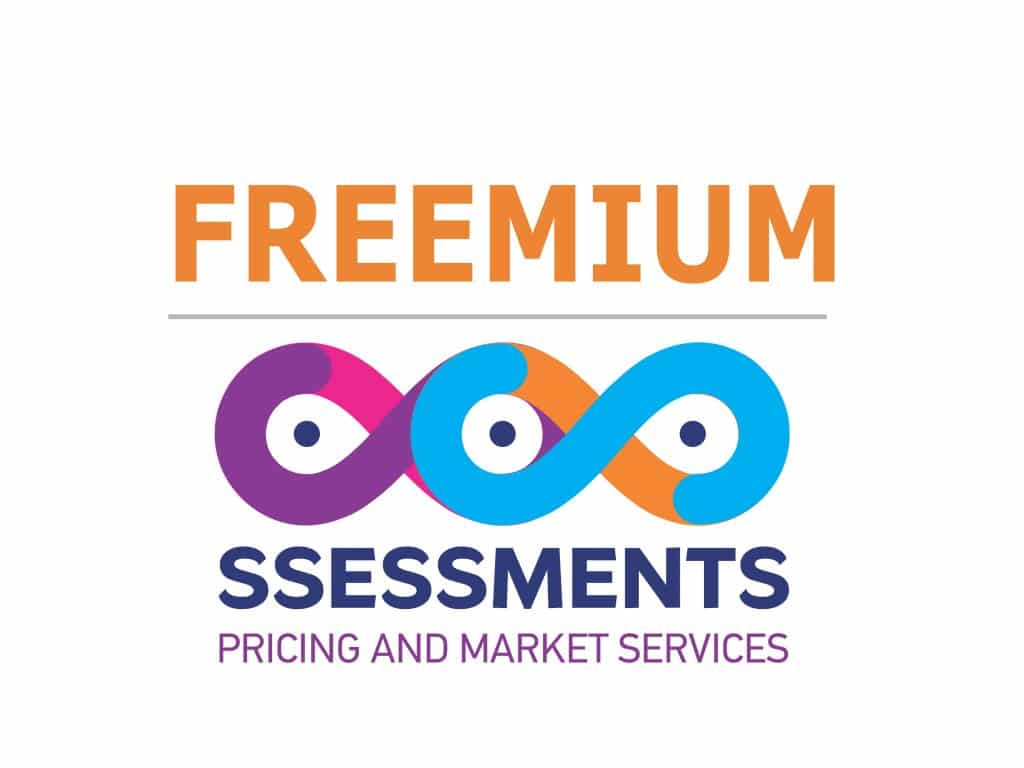According to International Energy Agency (IEA) website publication on Renewables 2022 Analysis and forecast to 2027 report:
Indonesia’s biofuel consumption and production are expected to expand 50% during 2022-2027 in the main-case forecast. Biodiesel accounts for 70% of this increase and renewable diesel makes up the remaining 30%, while new renewable diesel capacity will also add a small amount of biojet fuel production. Combined, bio-based diesels (18) account for a 35% share of transport diesel demand in Indonesia by 2027, up from 30% in 2021. We expect no additional ethanol production despite existing targets, as no incentives or other regulations are in place or planned to support it.
The country’s biodiesel blending target, combined with financial incentives, remains the primary driver of biodiesel production and demand. Indonesia provides subsidies to ensure a market for palm oil producers, reduce diesel import dependence and curb GHG emissions. Although in 2022 the government intends to keep biodiesel blending at the same rate as in 2021 (30%), we expect volumes to increase relative to 2021 because diesel demand is rising and Indonesia has expanded the share of biodiesel used for non-transport purposes.
This expansion of biodiesel blending for non-transport use is the basis of our upward forecast revision. Blending levels in non-transport sectors such as electricity and industry are currently at 20%, and the Indonesian government targets 30% blending for these uses by 2025. Total biodiesel production in 2022 is thus expected to be near 11 000 MLPY, a 20% increase from 2021.
Indonesia’s ultimate goal of 40% biodiesel blending in transport fuels is expected to be implemented in some regions in 2025. However, meeting this target across the country will be challenging overall, and technical trials carried out by the Indonesian government have revealed that 40% biodiesel blending could compromise engine performance. Renewable diesel is a viable alternative, since it can be used at higher blend levels without threatening engine integrity, but planned capacity would expand blending by only an additional 3 percentage points.
Exports offer another growth path, but we expect little expansion in this domain because of the European Union’s planned phaseout of palm oil for biofuel production and incompatibility with the US Renewable Fuel Standard. Imports are also likely to remain limited, as Indonesia’s production capacity is sufficient to meet internal demand. We also expect little growth in ethanol or biojet fuel production without government support programmes.
In the accelerated case, production and demand increase 90% during 2022-2027, assuming Indonesia supports ethanol and biojet fuel demand and production and expands renewable diesel consumption to meet its 40% blending target. However, forecast growth is down 30% for both production and demand because of a higher 2021 baseline this year (we revised the 2021 baseline upwards to incorporate new data on biodiesel blending in non-transport sectors). Nearly 20% of Indonesia’s biodiesel demand in 2021 came from non-transport sectors.
(18) Bio-based diesels include renewable diesel, biodiesel and biojet fuel.
Tags: AlwaysFree,Asia Pacific,Bio/Renewables,English,Indonesia,SEA
Published on January 2, 2023 10:01 AM (GMT+8)Last Updated on January 2, 2023 10:01 AM (GMT+8)


